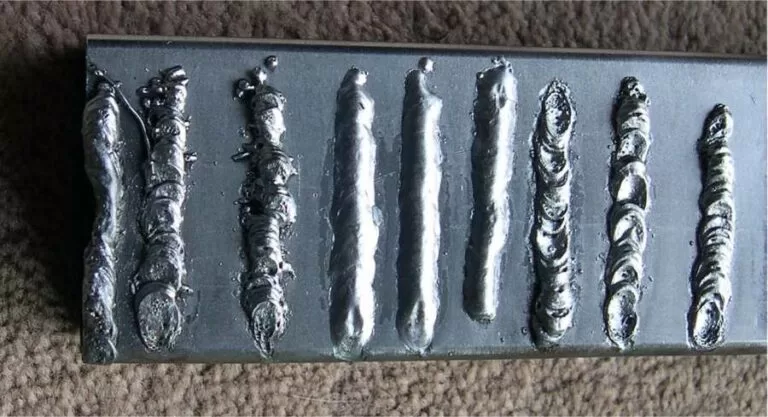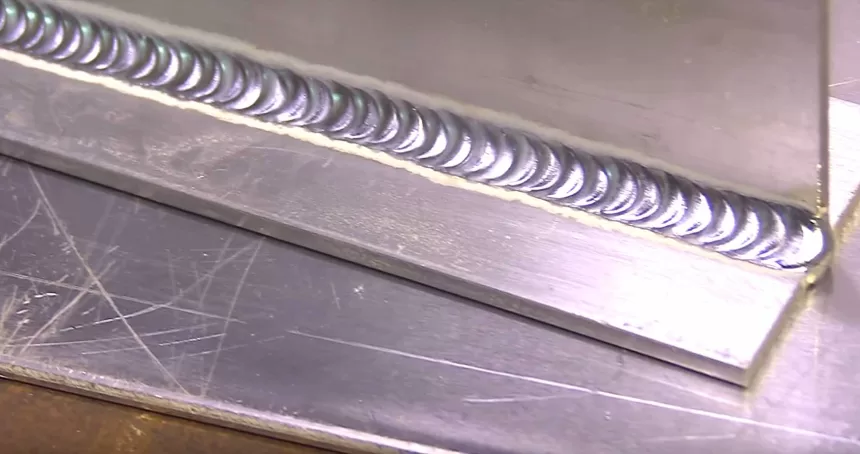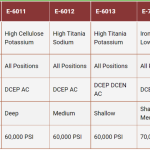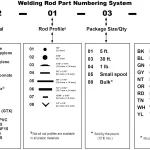Welding aluminum is much more challenging that welding steel due to the different characteristics of the metal. Aluminum is different to steel because it melts at around 1200 degrees but is coated with an oxide layer that melts at around 3700 degrees.
How to Weld Aluminum for MIG, TIG and Stick
Welding Town
This can be problematic, because if you don’t clean off the oxide layer, the aluminum will melt underneath the oxide and mix with the oxide forming horrible brittle welds.

Aluminum also conducts heat much faster than carbon steel so requires higher amperage and faster electrode movement. By recognizing these differences we can adjust accordingly but it requires skill.
MIG Welding Aluminum
You can weld aluminum with a MIG welder but you’ll need to attach a spool gun. It’s quite a messy process and you’ll see a lot of sparks flying about. For best results preheat the metal before you start the weld.
What is a Spool Gun?
A spool gun has the spool of wire in the gun itself so there’s less distance for the wire to travel before entering the weld pool. You need a spool gun because Aluminum wire is much softer than steel wire and won’t travel through the machine as effectively.
Look at the settings with your welder about how to switch over to a spool gun. You’re have to unplug your MIG Gun and plug in your Spool Gun. Usually there will be a switch on the machine that you can hit to let the machine know you’ve changed it over.
Which MIG Wire for Aluminum?
You will need aluminum wire to weld aluminum. Popular aluminum wires are 4043, 5356 and 5554. The grade of wire should match the grade of aluminum you’re welding, make sure you know the your alloys. 5356 offers good tensile strength whilst 4043 is a popular silicon alloy that gives you better control over the weld pool and is compatible with a range of base alloys. For welding 5454 or 5154 to themselves use 5554.
Clean the Metal
When you MIG weld steel you might get away with a bit of dirt on the metal, but with aluminum you really need to make sure that the metal is clean. Get rid of any oil or contaminants from the surface, including the thin layer of aluminum oxide which sits on the surface of aluminum. You’re best to rub the work piece metal with an stainless steel wire brush.
Speed
Aluminum has much higher conductivity than steel so needs to be run at higher voltage settings. With all this heat you’ll need to move the spool gun quickly and take care not to burn through the metal especially on thin aluminum. Use a push technique instead of pulling the bead.
Shielding Gas
When MIG welding aluminum use pure argon or an argon/helium mix. Helium is more expensive and generally less effective as a shielding gas, but you may need this added if you’re welding thicker metals and need more heat. You won’t be able to use your CO2 gas cylinder or your argon and CO2 mix for MIG welding aluminum because the CO2 will oxidize the aluminum.
TIG welding Aluminum
One of the methods that’s most closely associated with TIG welding is TIG welding aluminum. It is one of the hardest processes to learn in welding and it’s a lot harder to control the arc. If you’re new to welding you should really learn how to TIG weld steel first to help you get the hang of TIG. But don’t be afraid to give it a go!
AC Current
One important thing to remember when TIG welding aluminum is that you need to use alternating current. Alternating current is needed to break through the oxide layer that covers the aluminum. DC won’t break through the oxide layer and will ruin your weld. You can technically weld with DC but you’ll get in a real mess because you can’t break up the oxide.
Some TIG welders have Square Wave as a function that cleans the metal while you’re welding., but you should still clean the metal manually. It’s really important that you do everything you can to stop the oxide layer from ruining your weld. Use a wire brush to break down the oxide layer and solvents to remove any grease before getting ready to TIG.
Which Tungsten Electrode?
People have their own personal preference and different machines work well with different electrodes. If you have an inverter TIG, then 100% pure tungsten electrodes won’t give you the best results as higher amperage. Instead, try 2% thoriated tungsten electrodes or 2% lanthanated electrodes which perform just as well and can handle higher amperage more effectively.
Prepare your electrode by balling the end of it. You can either form the end into a point of a ball. I prefer to have a ball on the end. To ball the electrode simply connect the electrode and fire up the machine for a couple of seconds until the end turns into a ball. The ball shouldn’t exceed 1.5 times the diameter of the electrode.
Filler Rod
Before you choose a filler rod it’s important to know the specific grade of aluminum you’re using and get the most appropriate. 4043 rods will do the job for most people.
Preheating
Preheat the aluminum before you weld it and it will make your life a lot easier. You’ll get better penetration and find it easier to start and manage the arc.
Stick Welding Aluminum
You can stick weld aluminum but this will be a lot messier and less clean weld. Again, you should preheating the aluminum before welding and clean the surface of the metal with a stainless steel brush. Set the welder to DCEP reverse polarity.
It requires a bit of patience starting the arc when stick welding aluminum but you’ll get the hang of it.
Electrode Rods
Buy stick electrodes that a specifically designed for stick welding aluminum such as 4043s. Different rods perform differently but 4043s are widely used for this application.
Make sure your work space is sufficiently ventilated because the rods let off a lot of smoke.
The electrodes produce a lot of slag and burn out super quick so you need to move it quickly across the joint. Once it’s complete you’ll have to spent some time chipping off the slag and cleaning the weld.










